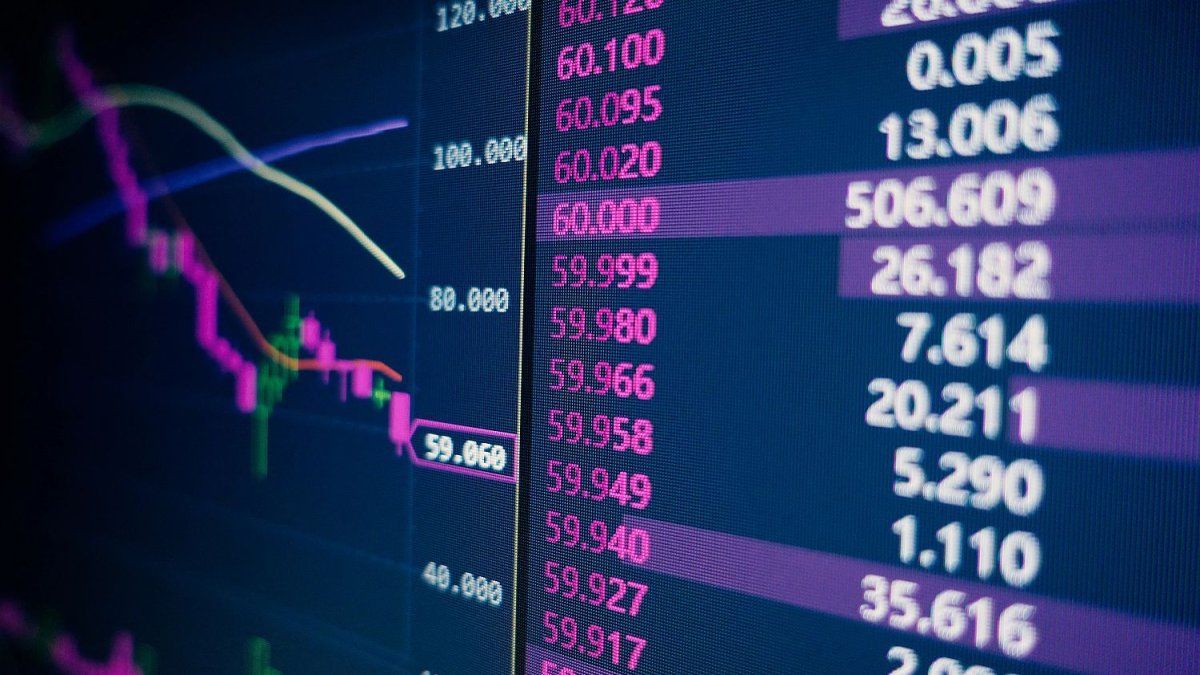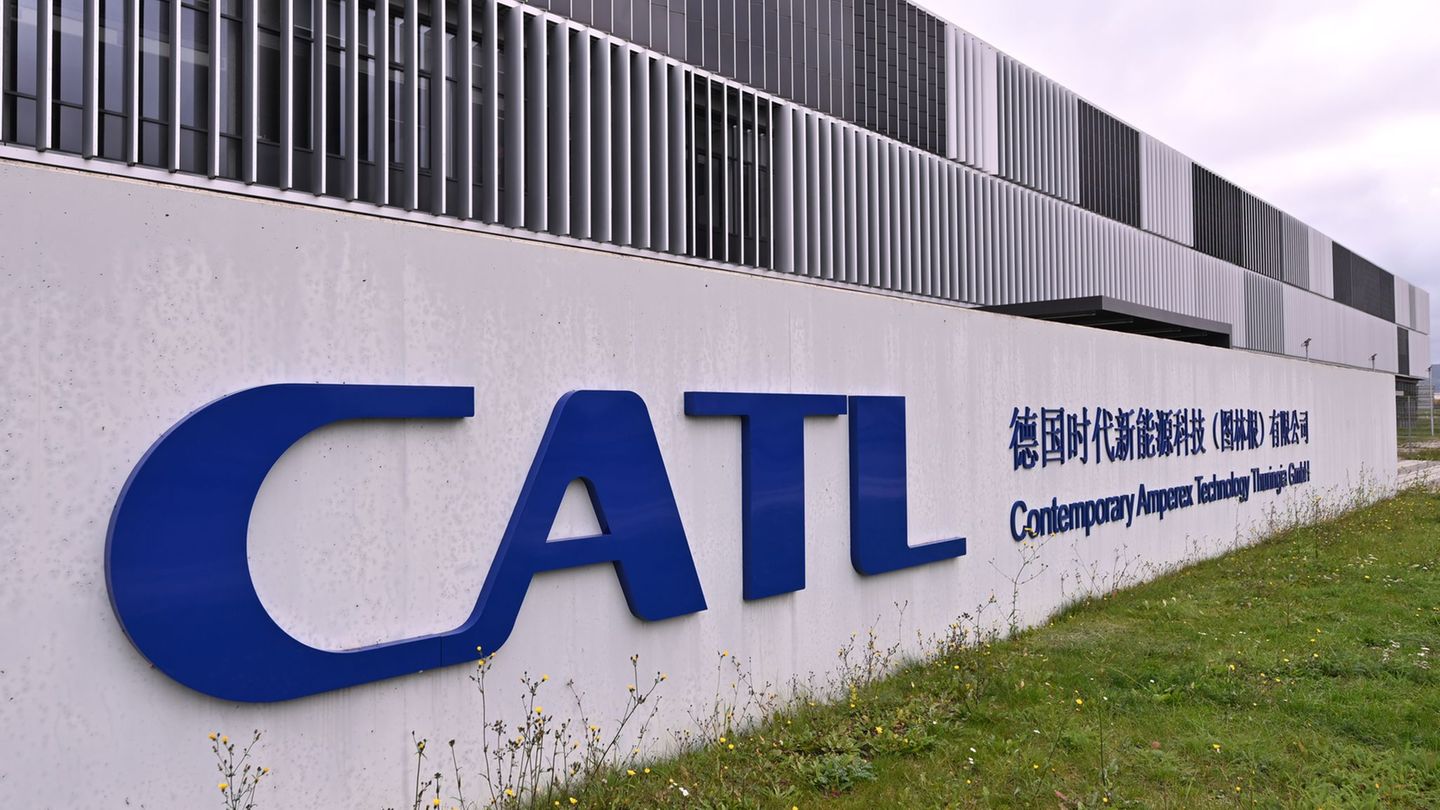Despite recording the majority of casualties this Friday, Argentine stocks rose by up to 17% during the week on Wall Street, while the Buenos Aires stock market closed with a weekly advance of 3.3% in dollars and almost flat in pesos. Bonds in dollarsfor its part, fell in the last five days and the country risk increased to more than 1,480 points.
The global day was tinged with red, as the New York Stock Exchange ended sharply down, hit by the US employment report that increased the fears of recession. The Nasdaq technology index was the worst hit, falling 2.6%, while the Dow Jones dropped 1% and the S&P 500 1.7%.
In the local stock market, meanwhile, the S&P Merval lost 2.5% on Friday to 1,721,667.94 points. The stocks that fell the most on the day were those of BBVA Bank (-5.1%), Macro Bank (-4.6%), and Irsa (-4.3%).
As for ADRs, the biggest losses of the day were recorded by Banco BBVA (-4.5%), Banco Macro (-3.4%), and Loma Negra (-3.3%). However, during the week, they registered gains of up to almost 17%, as was the case of IRSA. They climbed onto the podium, Edenor (+10.5%); and Telecom (+9.2%).
On the international front, it was announced on Friday that the unemployment rate in the US fell to 4.2% from the previous 4.3%, in line with expectations. Data from the U.S. Department of Labor showed that employers added 142,000 jobs in August, less than analysts’ expectationswhile job growth in July was revised down to 89,000, also less than estimates.
The report means that Fed Chairman, Jerome Powell due to cut rates later this monthbut also suggests that I might be too late for the economy to achieve a soft landing, said Lou Basenese, president and chief market strategist at MDB Capital in New York. “If we start seeing layoffs in the next month or two, that will suggest it’s too late. Stocks are going to be down until next week when the Fed makes it final that it’s going to cut, which could put pressure on them to do 50 basis points versus 25 basis points. I think 25 basis points is almost guaranteed.”Basenese said.
Moving forward, and at the local level, The focus will continue to be on the Central Bank’s reserves, which in case of improvement “It would be very positive for local stockssaid a Balanz report. Furthermore, from the point of view that inflation should continue on a downward path, according to Balanz, “The same should be favorable to the government’s plan and therefore positive for local assets.”
Activity data will be in focus, particularly to determine whether the worst of the recession may be behind us. “We will closely monitor tax collection given the recent reduction of the PAÍS tax and to understand whether money laundering is acting as a counterweight. Finally, the political scene will return to the forefront as the debate on the budget progresses and after the veto of the pension reform, which will have to be confirmed by Congress. Recently, President Javier Milei said that if the new university budget is approved, he will also veto it, which puts the opposition in an increasing conflict with the government,” Balanz stressed.
Bonds and country risk
The Dollar-denominated securities closed mostly lower on the day and the week. Those who fell the most this Friday were the Global 2041 (-1.7%) and the Bonar 2035 (-1.5%). Global bonds accumulated an average decline of 1.2% during the week (the best was the bonares, which rose 0.5% weekly).
Thus, the country risk measured by the JPMorgan rose 2.1% or 1,483 basis points (up 3.5% for the week).
“The first week of September left a bittersweet taste. Amid international turbulence (US employment data was worse than expected in August), Global stocks were unable to overcome Tuesday’s setback and ended the week in the red (-1.8% today),” PPI said. As a result, the weighted average price for “outstanding” stocks fell 1.2% weekly to US$48.4.
Against the grain, The Bopreales remain firm and rose this Friday by an average of 25 cents, Series 3 was the highlight, gaining 50 cents. During the week, the Bopreal world rose by an average of 2%.
On the other hand, Dollar-linked sovereigns closed unchanged, and during the week they alternated between rises and falls throughout the curve with no clear trend.
Duals rose 0.3%, accumulating gains of 1% in the week. Turning to the CER segment, while the short tranche rose 0.4%, the long tranche was offered and fell 0.2%. End to end in the week the short CER tranche rose 0.9% while the long tranche fell 1.5%.
Finally, lLecaps remained in demand and rose 0.4% across the curve, accumulating average increases of 0.9% during the week. At closing prices, they were yielding at levels between 41.93% tna (13/9/24) and 56.70% tna (29/8/25), SBS reported.
Finally, the dollar CCL Senebi fell 2.9% in the week to $1,260With this decrease, the gap with the official dollar ended at 31.6%, the lowest since May 20 (27.7%).
Source: Ambito




